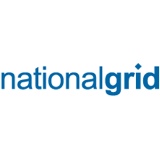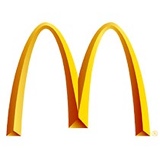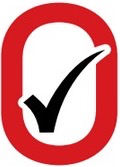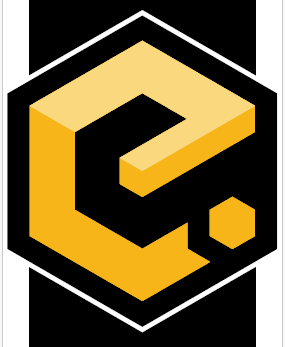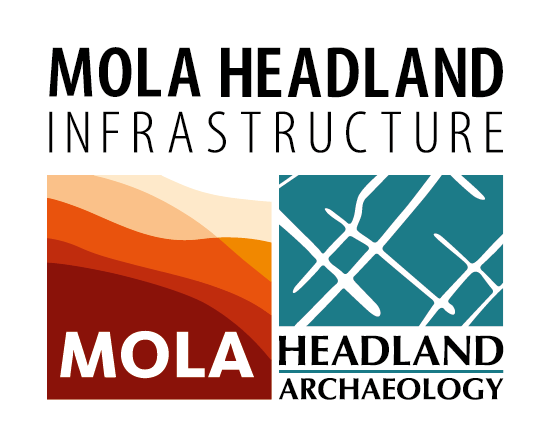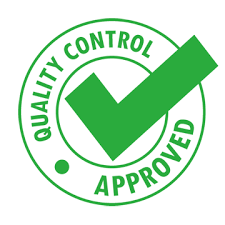Title Page
-
Conducted on
-
Inspection by
-
Project name
-
Project number
-
Person in charge
-
Location of project
Project Information
-
Describe the work activity
-
How many crew members are on site
-
How many company vehicles and equipment are on site
1. Job Hazard Analysis
-
JSA available and enforced at the work site
-
JSA presented in a timely manner
-
Does JSA include all tasks being performed
-
High-risk hazards recorded on the JSA
-
Required information properly filled in on the JSA
-
Person in charge has signed the JSA
-
Employees and visitors briefed of hazards and signed in
2. First Aid & Medical / Emergency Preparedness
-
First aid kit, blood bourne pathogen kit, and eye wash bottle
-
Supply expiration dates checked
-
AED on-site, inspected, and documented on JSA
-
Emergency action plan available
-
All personnel briefed on the site emergency exit routes
-
Fire extinguisher condition and inspections checked
3. Housekeeping
-
Clear ingress / egress to the site
-
Good housekeeping is practiced in all locations
-
Trash contained and removed from site properly
-
Sanitary facilities clean and secured
-
Vehicles are clean and organized
4. Electrical
-
Extension cords clear from pathways or guarded
-
GFCI’s installed and maintained
-
Cords in good condition
-
Proper use of temporary power
-
Proper grounding in place
5. Storm water pollution prevention (SWPP)
-
Environmental training for workers
-
BMP’s installed and maintained
-
Adequate spill kits available
-
Nuisance dust controled
-
Hazardous material stored properly
-
Adequate secondary containment or wash out location
6. Rigging and slinging
-
Rigging and slings inspected and tags present
-
Rigging stored properly
-
Lift plan available as needed
-
Proper use of rigging observed
-
Tag lines identified and inspected
-
Workers aware of proper Inspection methods
7. Signs and barricades
-
Appropriate signs to warn against hazards
-
Traffic control plan established and utilized correctly
-
Barricades installed and appropriate for the hazard
-
Overhead lines identified and clearance verified
Personal protective equipment
-
All personnel wearing hard hat while working
-
All personnel wearing gloves while working
-
All personnel wearing safety glasses / side shields
-
All personnel wearing safety toe footwear while working
-
All personnel wearing high visibility gear class 2 / 3
-
Hearing protection sufficient for the tasks
-
Face shields available and utilized
-
Crew leader ensuring crew uses proper PPE
-
Is PPE in good condition
-
H2S monitor available / stored properly
-
Dust masks / respirators available
9. Fall protection
-
Workers are able to demonstrate a proper inspection
-
Workers maintain proper storage of fall protection gear
-
Fall protection utilized in appropriate situations
-
Fall protection used has compatible connections
-
Workers attach to proper anchor points
-
Fall protection labels are legible
-
Fall protection documented in the pre-job briefing
10. Trenching, excavations, and barricades
-
Competent person present
-
Sloped, benched, or shored per soil conditions
-
Daily inspections complete
-
Perimeter trench protection / barricade in place
-
Proper clearance of soils from edge
-
Ingress / egress of trench adequate
-
Proper ladder use, clearance, and condition
-
Site hazards marked (811 notified and utilities verified)
-
Public is protected from hazards
-
Employees are aware and trained on hazard mitigation
11. Equipment and vehicles
-
Review of equipment inspection reports
-
Equipment swing radius barricaded as needed
-
Equipment / lines properly grounded
-
Proper use of seat belt
-
Operated in a safe manner
-
Operator properly trained / competent
-
Spotters identified and utilized
-
Training docs available
12. Hand and power tools
-
Tools in good condition and stored properly
-
Personnel properly trained
-
Proper tool utilized for the job
-
Guards / attachments in place and functional
-
Tools and storage areas near and organized






